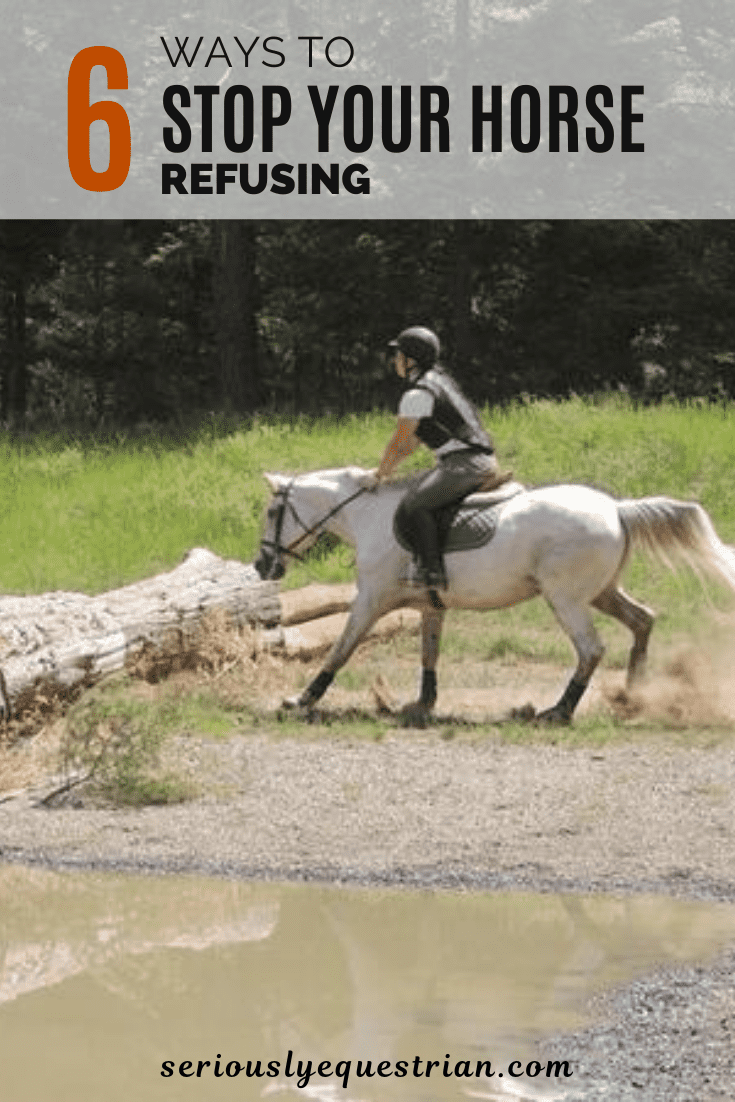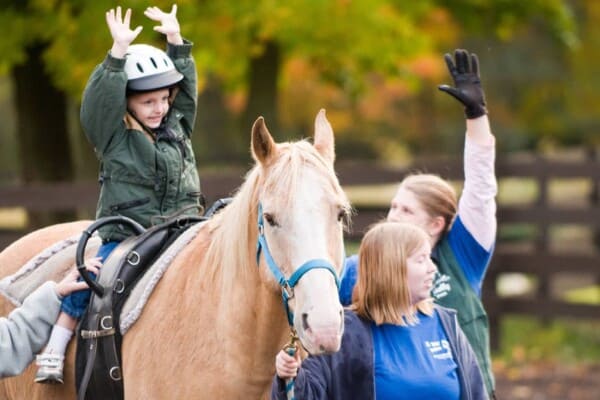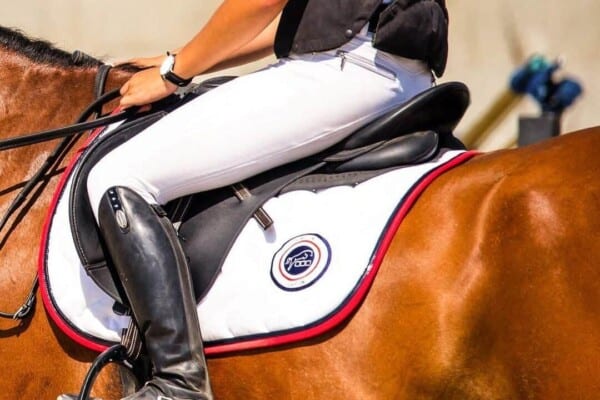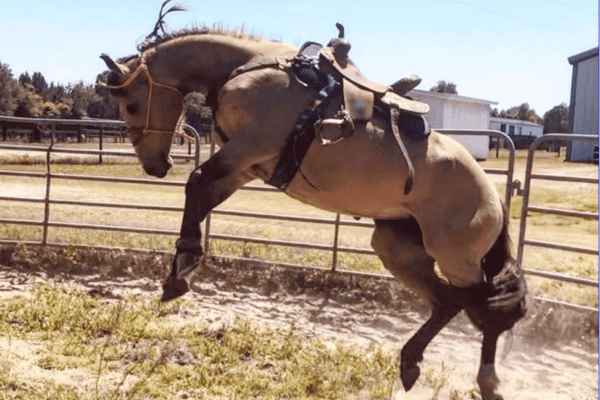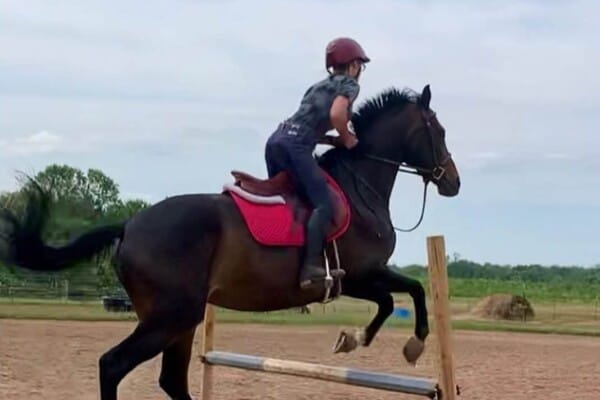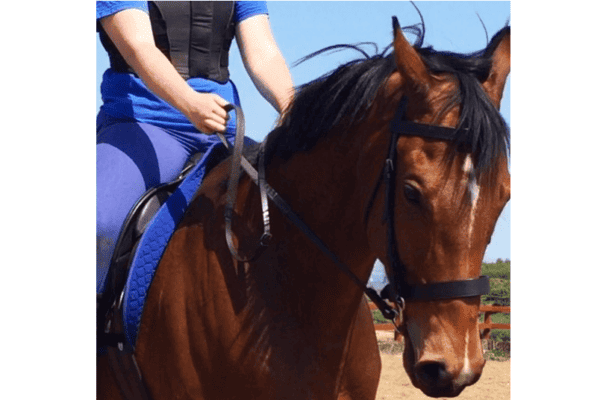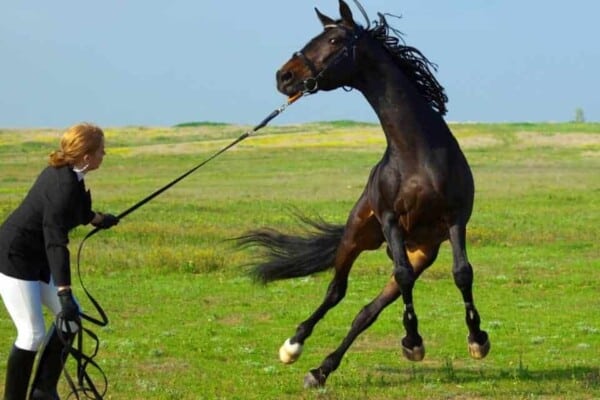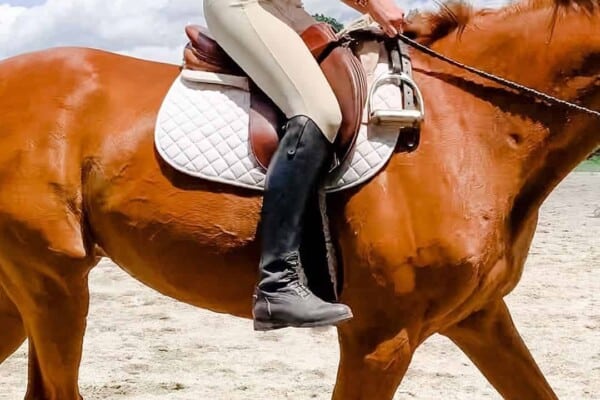If you jump horses or have jumped horses in the past you are likely to have a experienced a refusal to jump. A refusal can come in different forms, the most common being a last second run out from the fence when the horse decides that they don’t want to jump. Alternatively the horse may decide to come to a sudden and dramatic halt directly in front of a jump.
Refusals are unpredictable and put you and your horse at risk of injury. Bad refusals can result in dangerous falls and can often lead to a drop in rider confidence. There is also a risk that a horse can develop a bad habit of regularly refusing which can be tricky to rectify.
There are many different reasons for a refusal and no two horses and riders are alike, so it is important to take the time to figure out what is wrong so that you can go about correcting the problem. Once you have identified the problem there are a few options available. Here is my top tips to stop your horse refusing a jump.
1. Check for health issues
Before convincing yourself that your horse is lazy or that you are a bad rider try to ascertain if your horse is fit. If refusing is a new behavior you need to make sure that they are not doing so due to a current injury. Horses regularly refuse to do certain movements and jumps in order to protect themselves from pain. If the horse has previously felt pain while jumping they may simply be refusing in order to project an injury.
Try and pinpoint any musculoskeltal injuries or ascertain if your horse is limping. If you cannot see anything immediately but still suspect an injury then speak to your vet for further assurance.
2. Correct the rider error
There are many rider errors that can lead to a refusal. Sometimes it can be hard to determine the exact error yourself so ask an instructor or someone else knowledgeable to observe your jumping to see if they can offer advice. You could also record your jumping session in case of any refusals that can be later analysed in detail. Here are some of the most common errors:
Approaching a crooked angle– This is a common error that can be rectified with more schooling on the flat. It can also happen if the horse is stiff on one side.
Tense rider – If you are a nervous jumper the horse may be able to detect this energy and may be refuse a jump as a result. Practice staying calm in the saddle and begin with jumping over small ground poles.
Wrong jumping position– It may be due to the rider getting into their jumping position too early. This is essentially dropping the contact. When the contact is dropped, your horse is left to his own devices. Again, if so inclined, he will take the path of least resistance or the easiest route!
Wrong speed – Approaching a fence too slow may result in the horse feeling that they do not have significant momentum to clear the fence. On the other hand if you approach too fast you and the horse may not have time to get into the necessary jumping position and the result can be a refusal. Try to get the know the speed that suits your own horse.
3. Reduce the height
Overfacing is when a jump appears to be too high from the perspective of the horse. In this scenario the horse recognizes the jump but may not have the confidence to attempt a jump.
Even if your horse has jumped that height in the past it may appear to be too high now. Try reducing the height and jumping again if the horse has refused a number of times already . Once your horse has stopped the pattern of refusing then slowly begin to build back up the height to the point that you jumped at previously.
4. Use Ground Poles
If your horse regularly runs out of the jump you could try using ground poles on either side to make this harder for the horse to do. By using ground poles on either side you are creating a clear path to the jump for the horse.
Ground poles can also help the rider as you may be unwittingly approaching the fence at a crooked angle. The poles will help you get your own angle right and will hopefully help your jump approach.
5. Change the routine
If you only ever jump your horse there is a chance that they could be getting bored. We know that horses are emotional animals and making them do the same thing over and over can make them frustrated. So instead of jumping everyday why not work on the flat and try to develop other parts of your riding.
Being a better rider overall will also help you to jump while also ensuring your horse stays alert and fresh for the next jumping session.
6. Jump again and Keep Practicing
A refusal and a resulting fall can be a severe knock to the confidence and may make you hesitant about jumping again soon. However it is important that you jump again to teach your horse how to do it properly and to ensure that bad habits are not being formed.
Stay patient and calm are two traits that horse riders need and comes in handy if you have a refusal. If your horse refuses simply gather yourself and the horse and go again. If you identify the mistake that you or the horse is making then work hard to rectify it until a refusal is no longer an option.



